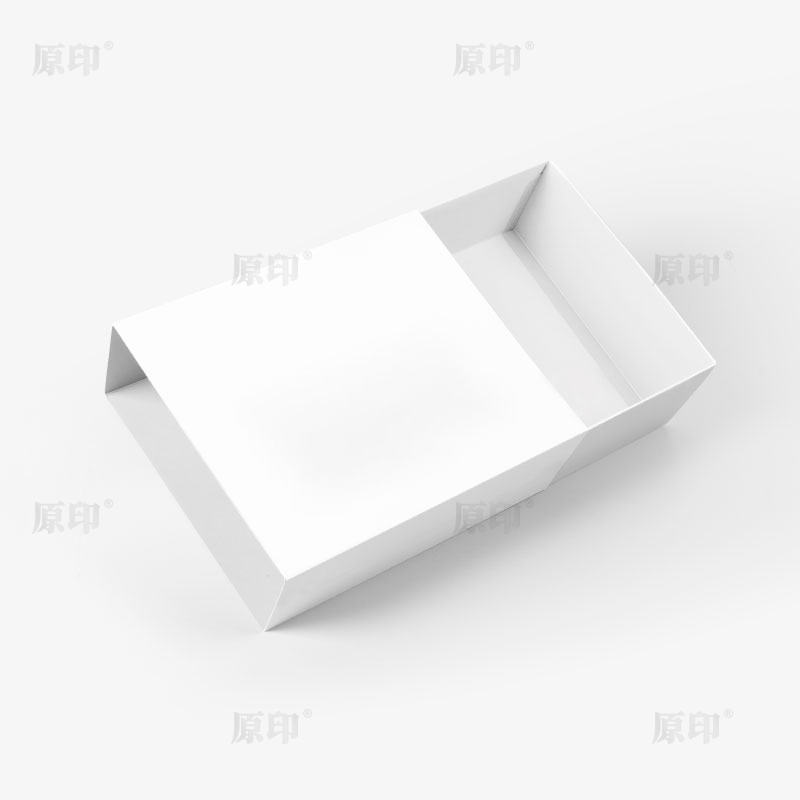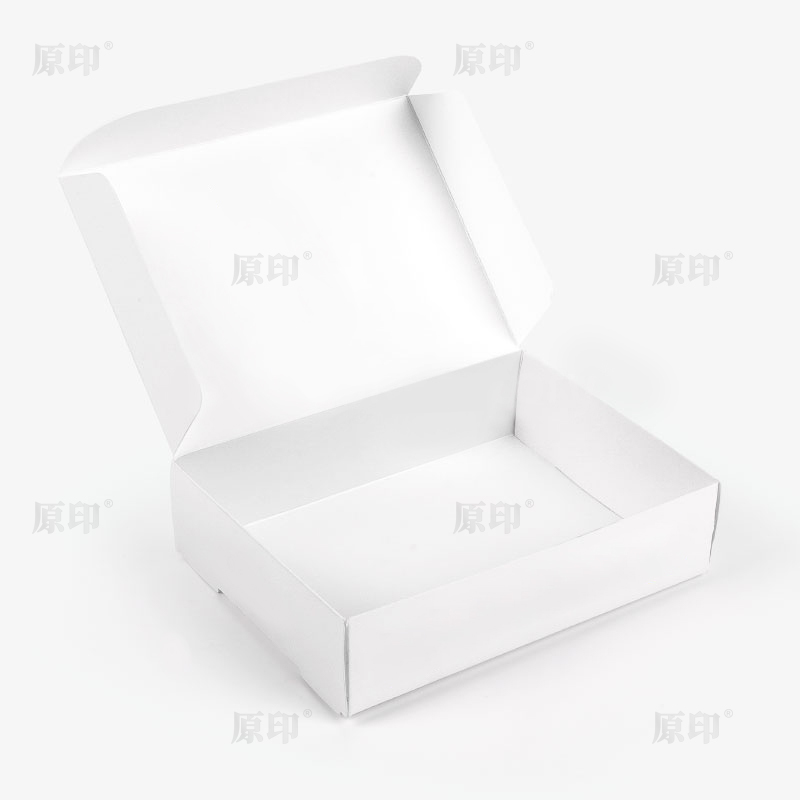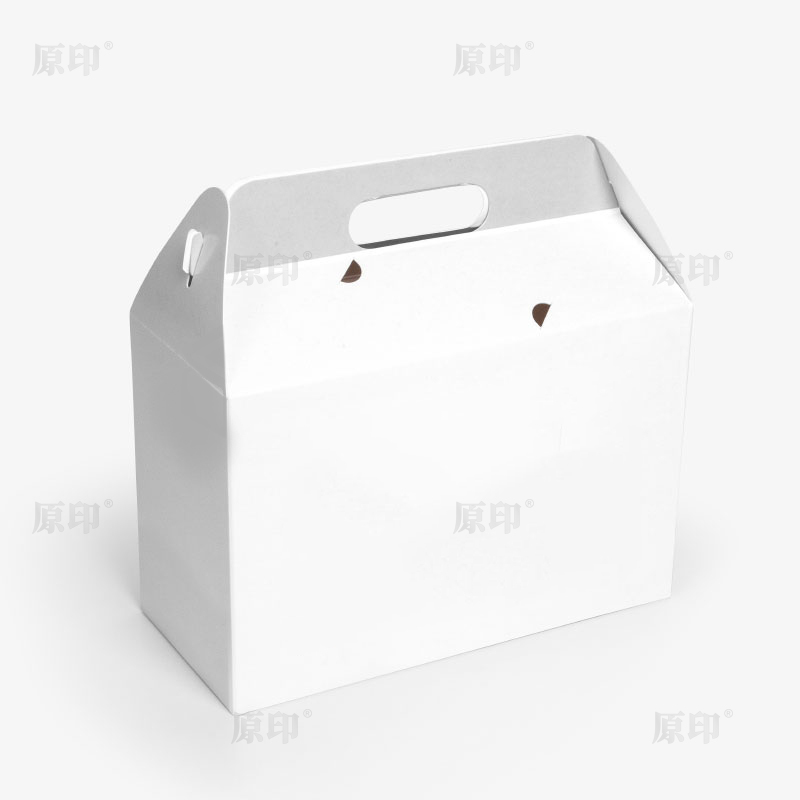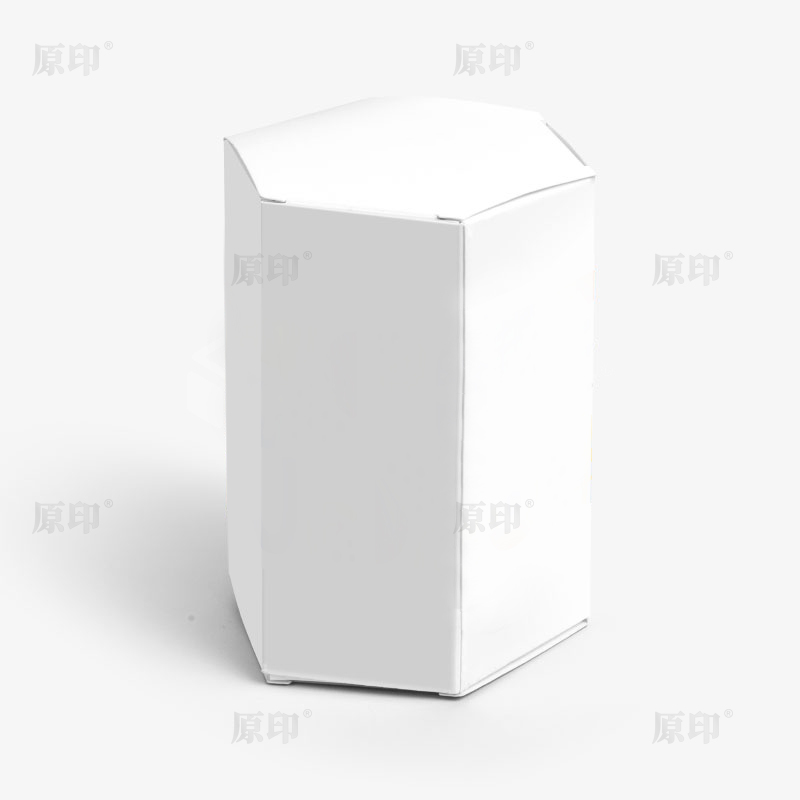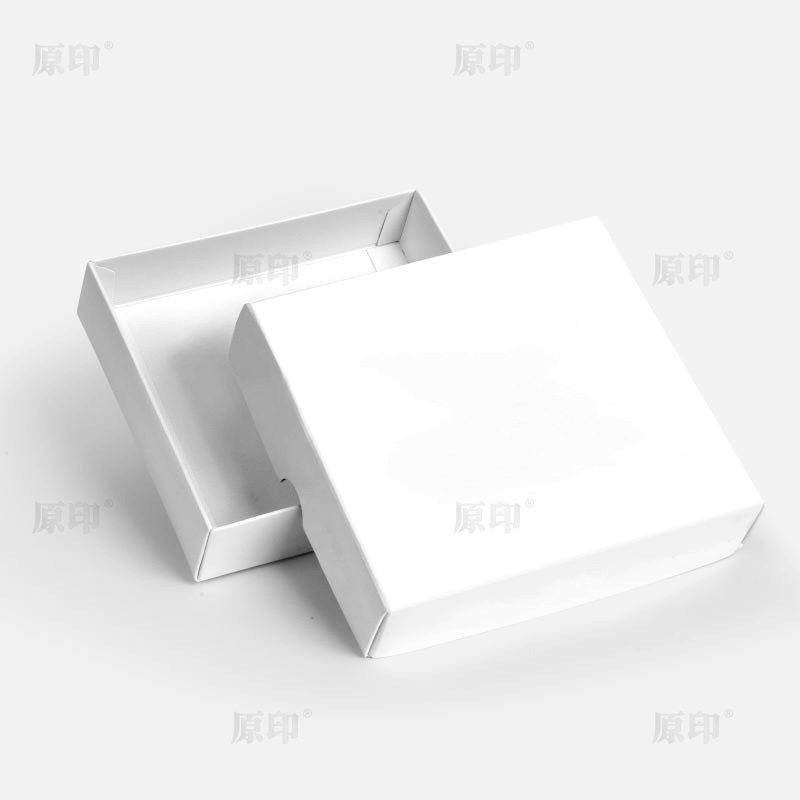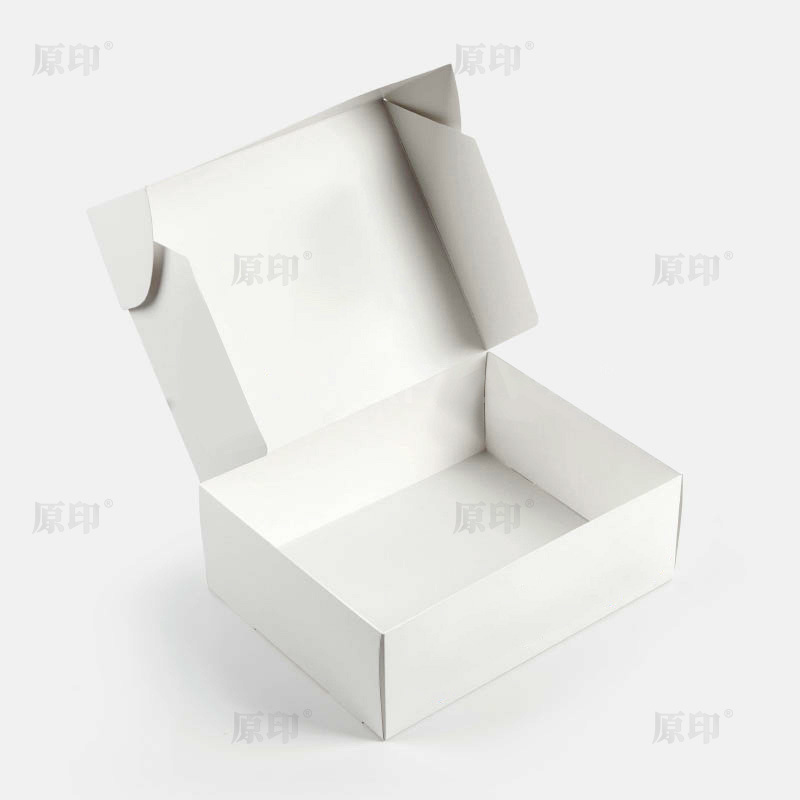How Do Different Materials Affect the Quality and Durability of Printed Food Packaging?
Printed food packaging is a crucial element in the modern food industry. Beyond serving as a protective barrier, it acts as a marketing tool, communicating brand identity, product information, and nutritional facts to consumers. However, the effectiveness of printed food packaging is heavily influenced by the materials used. The choice of material determines the packaging’s durability, print quality, barrier properties, environmental impact, and overall consumer experience.
This article explores how different materials affect the quality and durability of printed food packaging and provides insights for manufacturers, brands, and designers seeking optimal packaging solutions.
1. The Role of Materials in Printed Food Packaging
The material used in food packaging serves several functions:
- Protection: Safeguards the food from physical damage, moisture, oxygen, and contaminants.
- Printability: Supports high-quality graphics and text for branding and compliance with labeling regulations.
- Durability: Ensures the packaging withstands handling, transportation, storage, and consumer use without tearing, smudging, or degrading.
- Barrier Performance: Controls the passage of gases, moisture, and light to extend shelf life.
- Environmental Considerations: Influences recyclability, biodegradability, and sustainability.
The interplay between material properties and printing methods is critical. Inadequate material selection can result in poor print adhesion, fading, smearing, or structural failure, compromising both safety and brand perception.
2. Common Materials Used in Printed Food Packaging
a. Paper and Cardboard
Paper and cardboard are widely used for printed packaging due to their versatility, cost-effectiveness, and sustainability. They are commonly used in cartons, boxes, bags, and sleeves.
Impact on Quality and Durability:
- Print Quality: Smooth paper surfaces allow high-resolution printing, vibrant colors, and detailed graphics. Coated papers enhance gloss and print sharpness.
- Durability: Paper is less resistant to moisture and grease, which can weaken the material over time. Laminates, wax coatings, or barrier layers can improve durability.
- Environmental Aspect: Paper is biodegradable and recyclable, making it attractive for eco-conscious consumers.
Applications: Cereal boxes, frozen food cartons, snack packaging, bakery boxes.

b. Plastic Films
Plastic films, including polyethylene (PE), polypropylene (PP), and polyethylene terephthalate (PET), are among the most popular materials for printed food packaging. They provide flexibility, durability, and excellent barrier properties.
Impact on Quality and Durability:
- Print Quality: Plastic films support a variety of printing methods, such as flexography, gravure, and digital printing. They allow high-resolution graphics and vibrant colors.
- Durability: Highly resistant to tearing, puncturing, and moisture, making them ideal for flexible packaging such as pouches, wrappers, and bags.
- Barrier Properties: Plastics can provide moisture, oxygen, and light barriers, extending shelf life and preserving flavor.
Applications: Snack bags, frozen food pouches, candy wrappers, beverage bottle labels.
c. Aluminum Foil
Aluminum foil is used for printed packaging due to its excellent barrier properties and premium appearance. It is often combined with paper or plastic films to create laminated structures.
Impact on Quality and Durability:
- Print Quality: Printing on foil requires specialized inks and coatings to ensure adhesion and prevent smudging. Metallized finishes enhance visual appeal.
- Durability: Highly durable, resistant to moisture, oxygen, and UV light. It protects food from contamination and spoilage.
- Barrier Properties: Provides almost complete protection against light, oxygen, and moisture, ideal for sensitive foods.
Applications: Chocolate wrappers, coffee pouches, ready-to-eat meal trays, pharmaceutical food packaging.
d. Biodegradable and Compostable Materials
With sustainability becoming a priority, biodegradable films made from PLA (polylactic acid), cellulose, or starch-based composites are increasingly used for printed food packaging.
Impact on Quality and Durability:
- Print Quality: These materials often have rougher surfaces, which may reduce print resolution. Specialized coatings or inks are required for high-quality printing.
- Durability: Generally less resistant to moisture and heat compared to plastics or aluminum. Laminated structures can enhance performance.
- Environmental Impact: Fully compostable and eco-friendly, appealing to environmentally conscious consumers.
Applications: Salad containers, fresh produce bags, single-serve snack packaging.
e. Glass and Rigid Containers
Glass and rigid plastics (like PET jars) are commonly used for beverages, sauces, and condiments. They often incorporate printed labels, sleeves, or direct printing on the container surface.
Impact on Quality and Durability:
- Print Quality: Glass provides a smooth surface for high-quality labels or direct printing. Transparent containers allow creative design opportunities.
- Durability: Extremely durable and impermeable to moisture, oxygen, and odor. Breakage risk exists but can be mitigated with packaging design and handling.
- Barrier Properties: Excellent for preserving flavor, aroma, and freshness.
Applications: Jars, bottles, beverage containers, premium food packaging.
3. How Material Choice Affects Print Methods
Different materials require specific printing methods to achieve optimal quality:
- Paper and Cardboard: Offset printing, flexography, and digital printing work best. Coated surfaces enhance vibrancy.
- Plastic Films: Flexography, gravure, and digital printing are common. Surface treatment like corona treatment improves ink adhesion.
- Aluminum Foil: Gravure printing and flexography with specialized inks. Metallized surfaces may require primer layers.
- Biodegradable Films: Flexography or screen printing with eco-friendly inks. Surface coatings may improve adhesion.
- Glass and Rigid Plastics: Screen printing, pad printing, or heat-transfer methods.
Selecting the appropriate printing method ensures that the graphics remain sharp, durable, and resistant to handling, moisture, and temperature changes.
4. Material Durability Considerations
The durability of printed food packaging encompasses several factors:
- Mechanical Resistance: Ability to resist punctures, tears, or crushing. Plastic films and aluminum foil excel in flexible packaging, while paper requires lamination for reinforcement.
- Moisture Resistance: Prevents weakening of packaging and degradation of print. Plastic films and foil-based laminates perform best.
- Heat and Cold Resistance: Certain foods require freezing or heating. Plastic films like PET and foil laminates maintain integrity in temperature extremes.
- Abrasion Resistance: Packaging that undergoes transport or stacking must resist scratches and rubbing. Laminates, coatings, or thicker films improve abrasion resistance.
- Chemical Resistance: Packaging that contacts acidic, oily, or greasy foods must resist chemical degradation. Plastics, foil laminates, and glass perform well under such conditions.
5. Impact on Consumer Perception
Material choice not only affects durability but also the perceived value of the product:
- Premium Feel: Aluminum foils, glass, and thick cardboards convey a high-end feel.
- Eco-Friendliness: Biodegradable and recyclable materials appeal to environmentally conscious consumers.
- Transparency: Clear plastics and glass allow consumers to view the product, enhancing trust and desirability.
- Print Vibrancy: Smooth, coated surfaces allow bright, sharp graphics, strengthening brand identity.
6. Balancing Sustainability and Performance
As sustainability concerns rise, manufacturers face the challenge of balancing eco-friendliness with durability:
- Paper-Plastic Laminates: Combine printability and barrier performance but may complicate recycling.
- Monomaterial Films: Facilitate recycling while maintaining durability, though barrier properties may be slightly lower.
- Biodegradable Laminates: Offer an eco-friendly alternative but require careful design to withstand moisture and handling.
Choosing the right material involves evaluating environmental impact, cost, durability, and print quality to meet both business and consumer expectations.
7. Best Practices for High-Quality Printed Food Packaging
To maximize print quality and durability:
- Select Material for Intended Use: Match material properties to the food type, storage, and handling conditions.
- Use Compatible Printing Methods: Ensure inks, coatings, and printing technologies are suitable for the chosen material.
- Consider Multi-Layer Laminates: Combine materials to achieve optimal barrier properties and durability.
- Test Packaging Performance: Conduct stress tests for tearing, moisture resistance, and temperature extremes.
- Focus on Sustainability: Opt for recyclable or compostable materials where feasible without compromising durability.
Conclusion
The choice of material in printed food packaging directly influences both quality and durability. Paper and cardboard offer excellent printability and eco-friendliness but require reinforcement for moisture and mechanical resistance. Plastic films provide flexibility, barrier protection, and durability. Aluminum foil excels in premium packaging with superior barrier properties, while biodegradable materials cater to sustainability goals. Glass and rigid containers combine elegance with robustness.
Understanding the unique properties of each material allows brands and manufacturers to design packaging that not only protects the product but also enhances brand image, consumer trust, and shelf life. By carefully balancing durability, print quality, barrier performance, and sustainability, printed food packaging can achieve both functional and marketing excellence in the competitive food industry.

